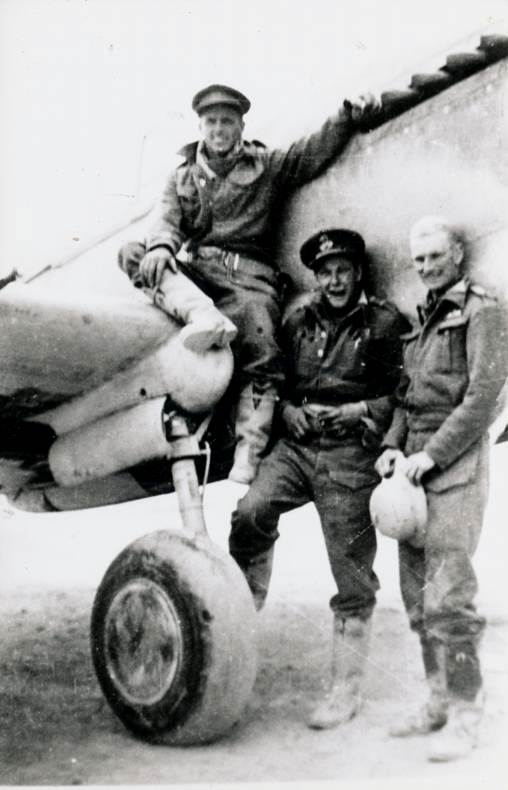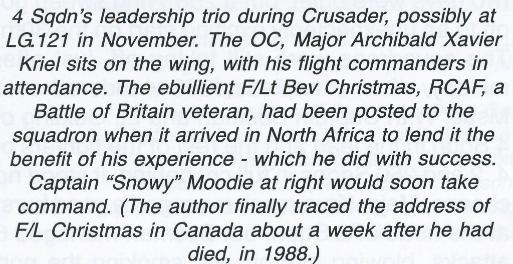WW2 Desert fighter pilot Melville Duff-Richardson Tribute Site
Hi and welcome to this site;
My friend, Yuri Maree, recently visited Melville and Coralea at their home in Australia. Yuri asked me to set up this web site. He interviewed Melville and obtained copies of his log book.
The purpose of this web site is to present all of these including the video interviews of Melville. Yuri did the research and compiled the information presented on this page.
Thanks to Melville for the interviews and all other information.
Melville saw service in the Middle East with SAAF No. 4 squadron flying Tomahawk aircraft. He participated in the Crusader battles of 1941 as well as the Libyan summer battles of 1942 where the SAAF fighter squadrons inflicted serious damage to the enemy but at terrible cost. During this time Melville shot down a number of enemy aircraft but was himself shot down and seriously wounded in such a way that his left leg was amputated.
Melville had a successful business career after the war and became a well acclaimed yachtsman.
This is a living web site. Any input and/or participation will be much appreciated regarding additional information, correctness, information from relatives of members who served with Melville in his squadron, photographs, stories etc. Please e-mail me. Most welcome will be any photographs of No. 4 squadron while Melville was with them.
If you perhaps have a family member who served as a SAAF fighter pilot during ww2 and you would want to find out more about his war service please contact me, hopefully I can be of some help.
Tinus le Roux
November 2012
Melville, 1943
Melville and Coralea, Australia 2012
Melville Duff-Richardson service record
2 Jan. 1940 Joined SAAF as pupil pilot
6 May 1940 Started Elementary Flying Training at 1 EFTS (later 1 Air School) at Baragwanath, south of Johannesburg – flew Tiger, Gipsy and HornetMoth and Moth Major
9 Sept 1940 Started Service Flying Training at 1 SFTS (later 21 Air School) Kimberley, class of 40 students. Flew Hawker Hart and Hind.
28 Dec 1940 Received SAAF wings and commission as 2/Lt. Assessed as “Above Average” on both courses.
30 Dec 1940 Pilots and Observers Pool at Waterkloof Air Station – waiting for squadron assignment
28 April 1941 Posted to newly-formed No.4 Squadron SAAF and arrived at Nakuru, Kenya for Operational Training on 7 May
28 June 1941 Promoted to Lieutenant
3 Sept 1941 4 Squadron embarked at Mombasa port for Egypt, arrived 16th
2 Oct 1941 4 Squadron moved to Amriya Air Station, conversion training on Curtiss Tomahawk
11 Nov 1941 4 Squadron moved forward to LG 110, south of Sidi Barrani in preparation for British offensive named Operation Crusader
16 Nov 1941 First operational flight, a two-hour fighter sweep over the frontline
24 Nov 1941 Shot down one Me 110 and shared another with a RAF pilot
31 Dec 1941 38 operational flights since 16 November
15 Jan 1942 Shot down a Cant Z.1007 with another 4 Sq pilot – Italian crew bailed out when they saw the Tomahawks approaching
21 Jan 1942 Rommel started new offensive and drove the Commonwealth Forces back towards Egypt
10 March 1942 4 Squadron moved to LG 141 at Gasr-el-Arid, south-east of Tobruk
6 April 1942 Promoted to Captain
11 April 1942 Shot down by what he believes was friendly A/A fire and crash-landed, left leg amputated mid-thigh in Free French hospital at Bir Hacheim
21 April 1942 Evacuated to Alexandria
27 May 1942 Out of bed, walking on crutches
7 June 1942 Evacuated to South Africa by hospital ship
18 Sept 1942 Awarded DFC
Nov 1942 Fitted with artificial leg
3 Feb 1943 Medical Review Board – fit for ground duties, possible future return to flying durties
7 Aug 1943 Released from SAAF as military medically unfit, returned to civilian life
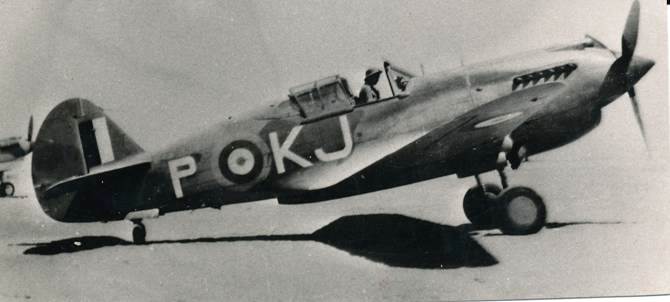
Melville also flew this No. 4 squadron Tomahawk.
Historical Background by Yuri Maree
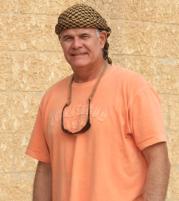
Melville Duff-Richardson, known as ‘Duff’, is the SAAF’s ‘unknown ace’. He was an experienced and mature pilot (435 hours, 25 years old) when he started operational flying in November 1941, during the ‘softening up’ phase of Operation Crusader.
The 4 Squadron War Diary recorded that he didn’t return from the big fight on 11 April 1942, when 7 Tomahawks led by Major Derek Moodie attacked a much larger force of 20 Stukas and 12 Me 109’s and Mc.202’ s. That evening, British Intelligence informed the squadron that the wrecks of two Stukas and Me 109F had been found at the scene of the fight, However, none of the surviving pilots claimed to have shot them down. It wasn’t until some time later, possibly the 14th when the Squadron Intelligence Officer was able to interview Lt Duff-Richardson in hospital, that his claim of one Stuka destroyed, one Macchi destroyed (which was on fact a Me 109, the two aircarft looked very similar from some angles) and three more Stukas damaged was recorded. By this time the fact that he was in hospital, severely wounded had been recorded in the War Diary.
Duff never returned to the squadron, and further information regarding the three enemy aicraft destroyed on 11 April was never entered in the War Diary. Other SAAF documents, and an endorsement in his logbook by the S.I.O. show that Lt Duff-Richardson was credited with two Stukas and one Me 109F destroyed and two Stukas damaged.
After his release from the SAAF in August 1943, Duff settled in Durban and became a successful businessman. He married Coralea in 1945 and after retiring from the family business at the age of 47 became a well-known figure in South African yachting circles. He skippered his ketch Ingwe to a 3rd place finish in the inaugural Vasco da Gama yacht race from Lourenco Marques (Maputo) to Durban in 1967, and took part in the inaugural Cape to Rio race in 1971.
In 1994 Melville and Coralea emigrated to Australia to be with their daughter, where he celebrated his 96th birthday on 31 October.
Melville Duff-Richardson and John Hewitson in Cape Town are the only surviving SAAF fighter aces. We salute the “grand old men” from that disastrous conflict that engulfed the world from 1939 – 45 who helped create the legend of the SAAF in the desert war.
VIDEOS
to be completed
Please click HERE to see Melville's flying log book
PHOTOGRAPHS
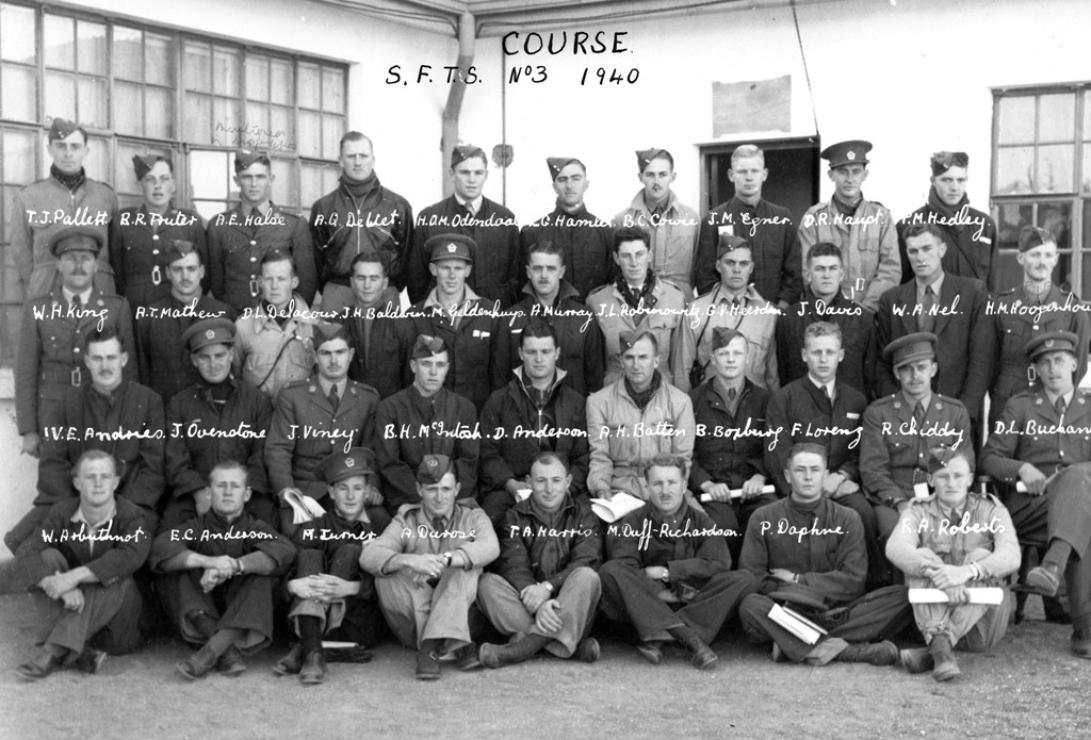
Service Flying Training at School at 21 Air School Kimberley
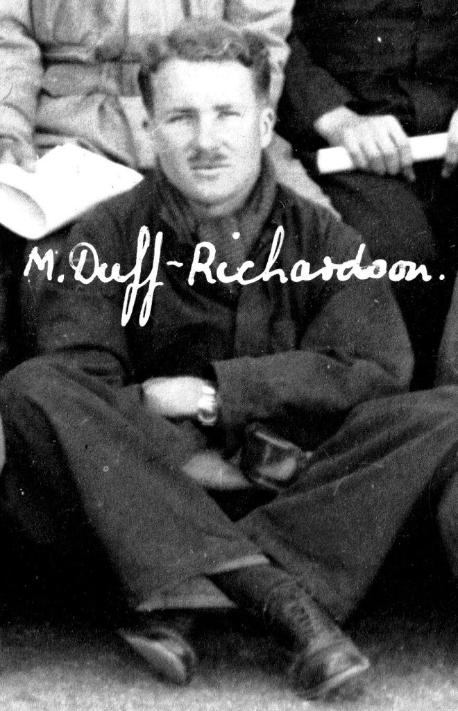
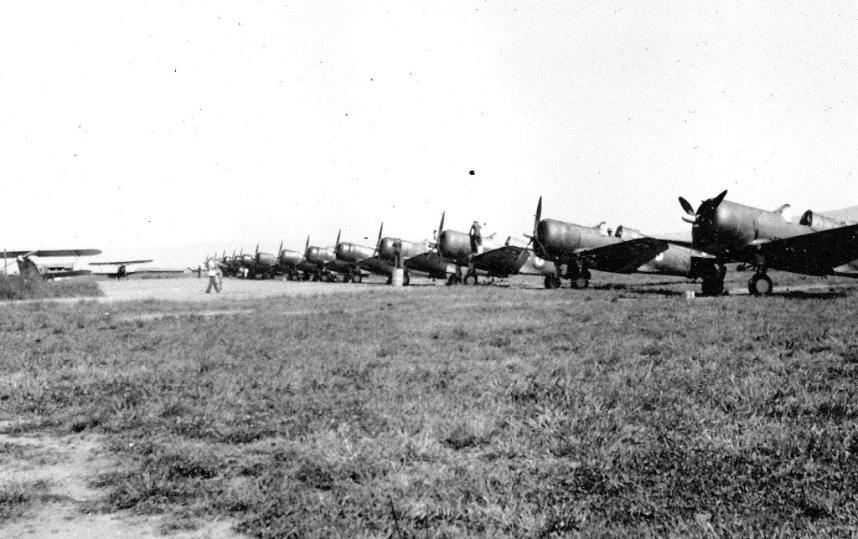
SAAF No. 4 squadron Mohawks at the OTU at Nakuru, Kenya, 1941.
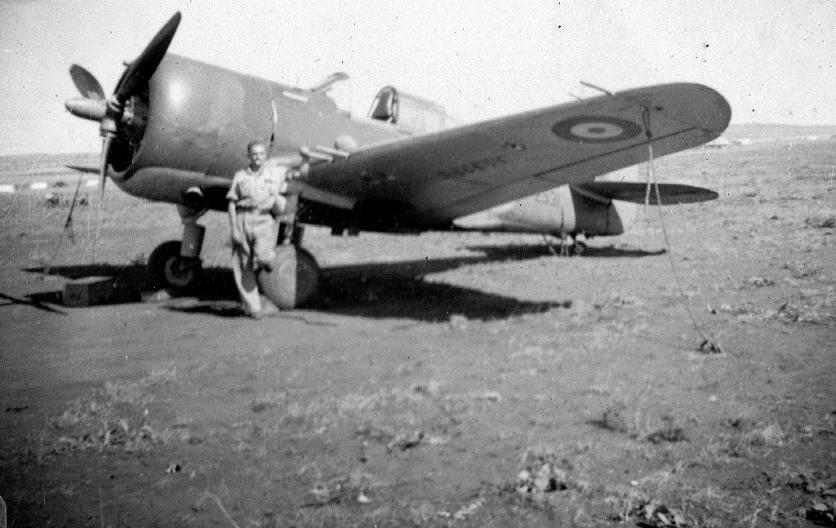
Mohawk at Nakuru, Kenya, 1941.
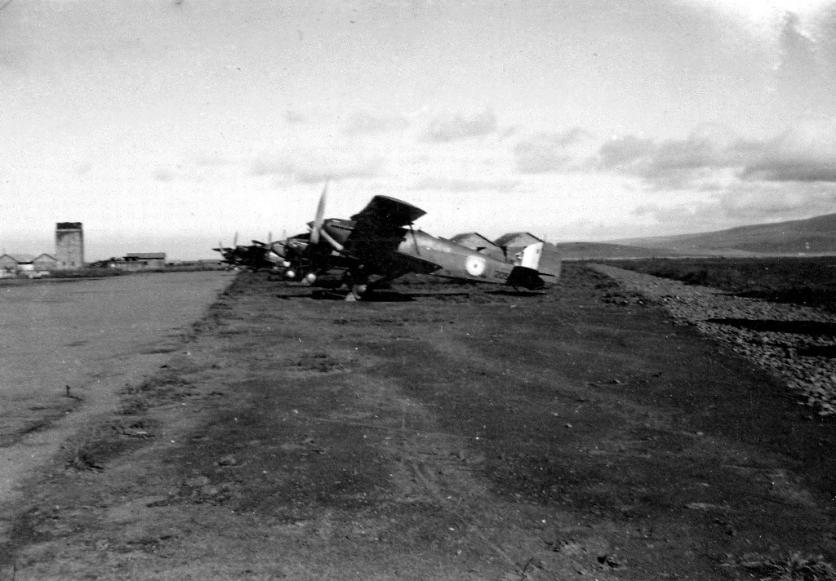
Fury at the OTU, Nakuru, Kenya, 1941.
Melville in the cockpit of a Mohawk 1941
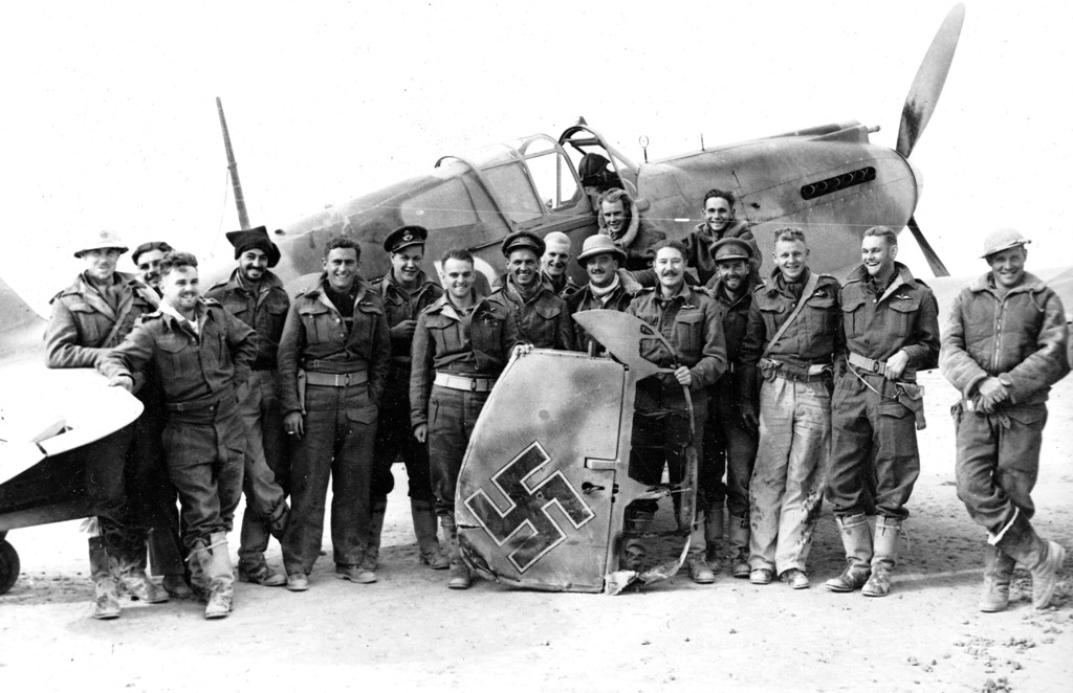
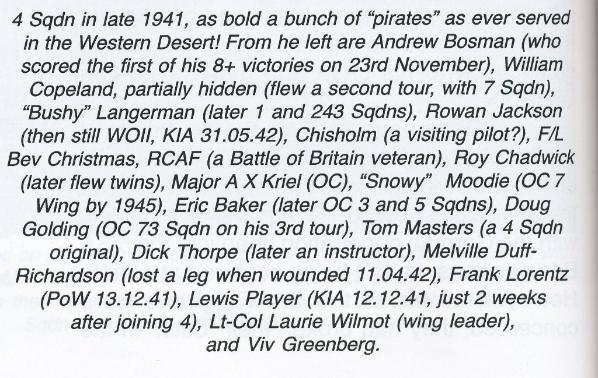
Group photograph: text by Michael Schoeman: pilot 5th from left is Ken Clarkson
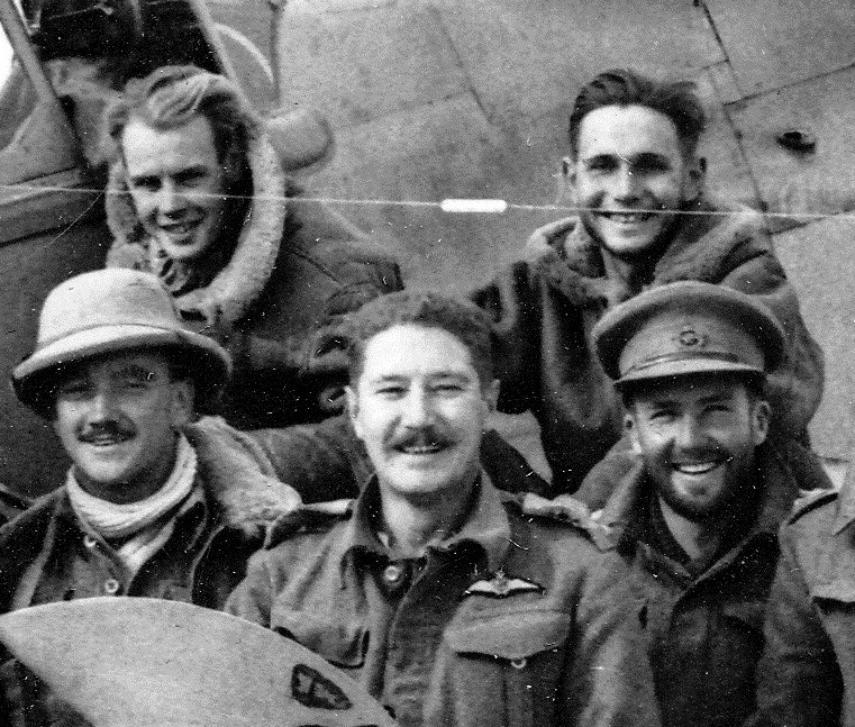
Close up: Back: Doug Golding, Dick Thorpe, Front: Eric Baker, Tom Masters, Melville on the right.
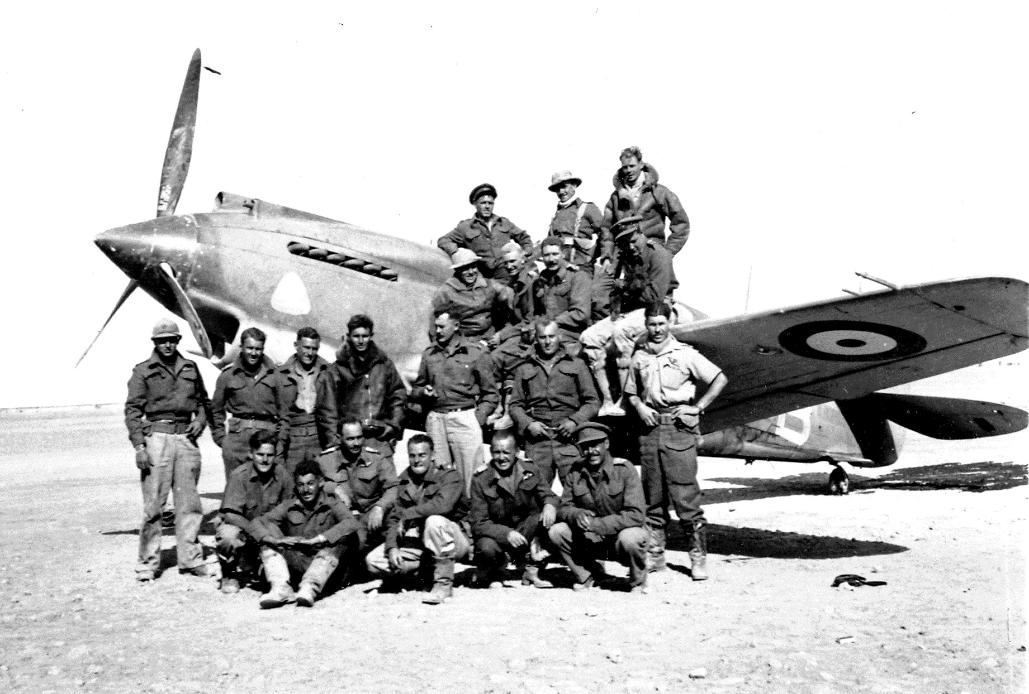

Western Desert No.4 Squadron, text by Michael Schoeman
Names from Yuri Maree:
sitting on winf l to r: Wing leader Lt Col Laurie Wilmot, Snowy Moodie, Tom Masters, and PROBABLY Bev Christmas
4th from left standing is Dick Thorpe
in front 2nd from left is Rowan Jackson
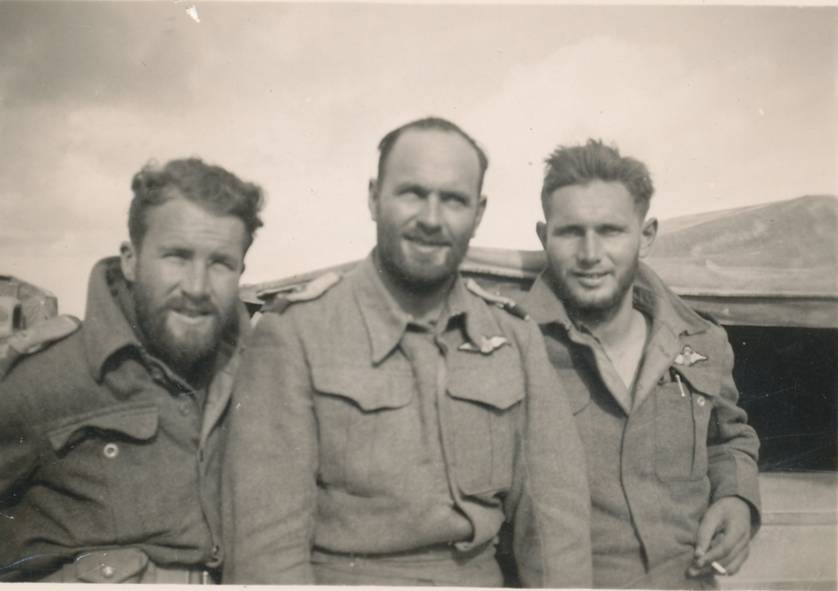
Melville, Syd Bassingthwaite and Dick Thorpe. Heavy bearded, result of water shortage at the ops. airfield.
